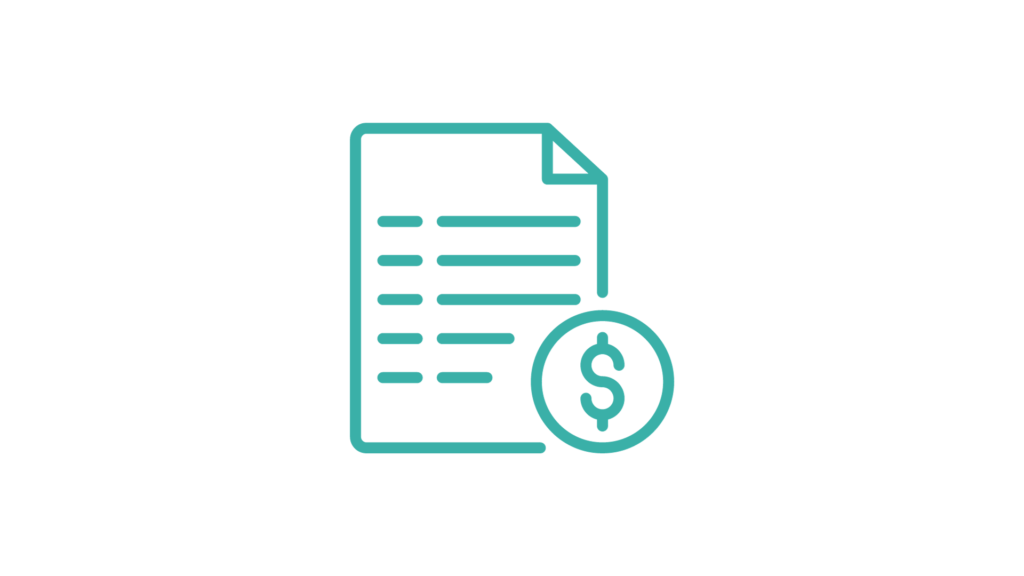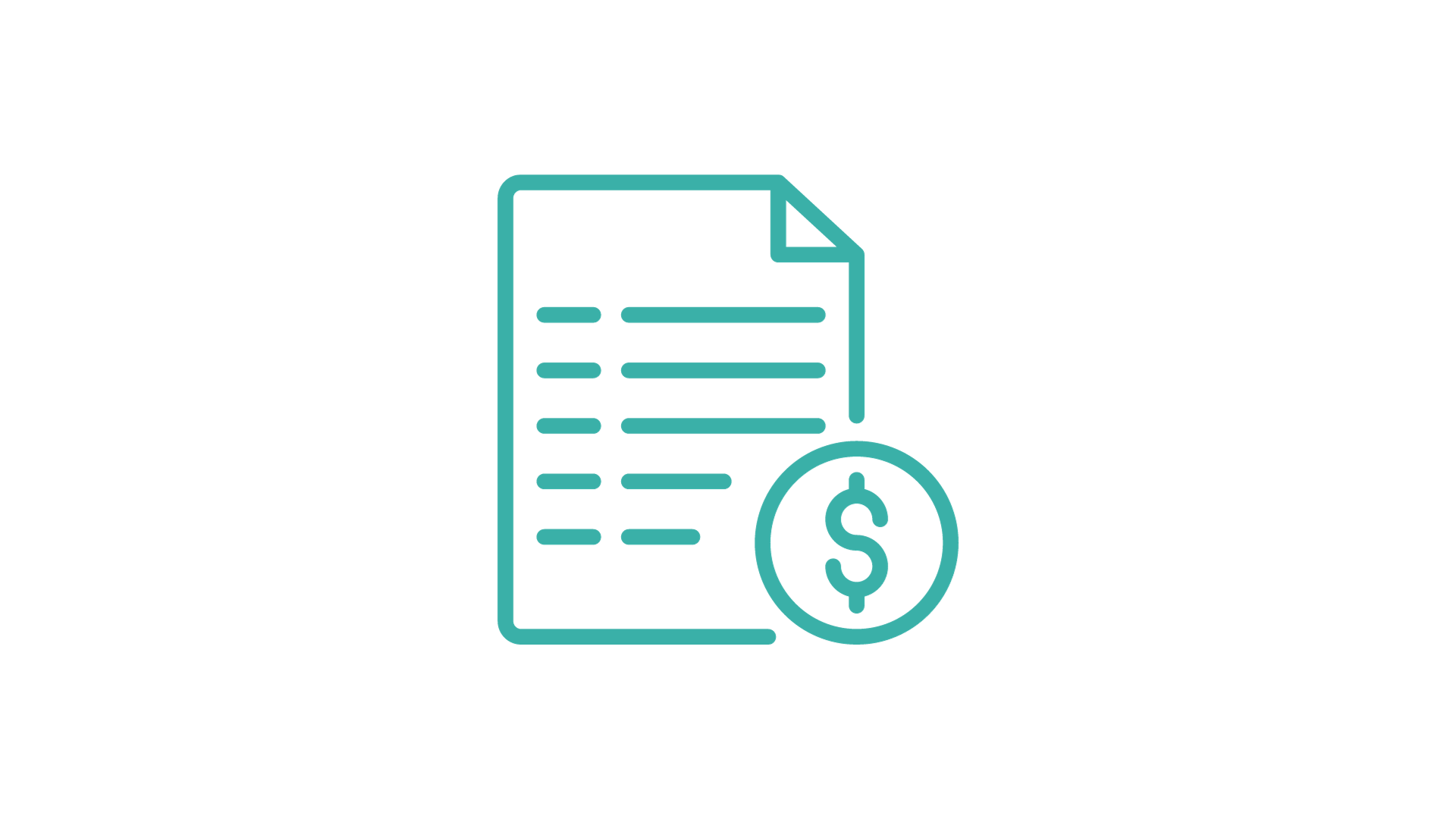A negative correction invoice (from the buyer or seller) is a common phenomenon in accounting, but it still raises some doubts and understatements. Many entrepreneurs wonder what to do if there is a discrepancy on an invoice and whether it is possible to issue corrective invoices. Sometimes it happens that a mistake was made that resulted in an overstatement of the account balance. In this case, it may be necessary to make adjustments to correct the accounting balance. What exactly is a minus invoice? What does a negative correction look like in practice?
Minus correction – what is it?
The term "minus adjustment" refers to a correction made in accounting that reduces an account balance by a specific amount. "In minus" means the subtraction, reduction or reduction of the value of an account or an amount in the accounting books.
Negative adjustments are an important part of accurate bookkeeping because they allow changes in a company or organization's finances to be accurately reflected. They are necessary to maintain accurate and reliable accounting data and to meet tax and regulatory requirements.

Sales correction in minus – when to issue?
Issuing a negative correction invoice is necessary in several situations. This most often happens when the tax base is reduced, for example as a result of granting a discount after issuing the original invoice. Another case is when the customer returns the goods, which results in the need to adjust the sales. It is worth remembering that a corrective invoice should be issued immediately after an error is discovered on the original invoice.
However, issuing a minus invoice is only necessary when this document has already entered economic circulation. If the invoice was written out incorrectly, but the seller noticed it before delivering the invoice to the recipient and posting it, simply destroy it and complete a new form. It is best to use a shredder to dispose of such an incorrect invoice so that the buyer's personal data does not fall into the wrong hands.
How to properly issue corrective invoices?
The process of issuing a negative correction invoice is not complicated, but it requires strict compliance with certain rules. The basic step is to determine the reason for the correction, which must be clearly defined and described in the document. As we mentioned, this may be, for example, an error in the price, quantity of goods or services, or a return of the product by the customer. Please note that this reason should be agreed with the buyer, and the seller must have proof that the buyer knows and accepts the terms of the correction invoice. Then you need to correct the data on the original invoice, such as the net value, VAT or gross value - depending on the reason cited.
It is worth noting that, in accordance with the justification of the provisions of the SLIM VAT Act, confirmation that the buyer knows and agrees to the new price conditions contained in the content of corrective invoices may be:
- commercial documents,
- e-mail or text message correspondence (or other electronic correspondence),
- proof of payment.
Confirmation of receipt of a corrective invoice is not required only in a few cases, such as export of goods or sale of electricity.
Who has the right to issue a negative correction invoice?
In accordance with the provisions of tax law, minus correction invoice Only the entity that originally made the sale has the right to list it. This is due to the need to correct the VAT charged on the original transaction. If the seller notices an error on the issued invoice, he is obliged to issue a correction invoice. In the case of a sales correction in minus, the corrective invoice should contain a lower value than the original invoice. The entity issuing the corrective invoice must remember to provide a copy of it to the buyer and keep it in its documentation for a period of 5 years.
What does a negative correction invoice from the seller look like?
Deciding to issue a negative correction invoice may have various consequences for the seller. First of all, it may affect his tax calculations. If the sales value is adjusted downwards, the seller must refund the overpaid VAT. This means that the amount of input tax will be reduced.
However, the correction of input tax depends on:
- agreeing the terms of correction with the buyer of the goods,
- meeting previously agreed conditions,
- having documentation confirming the agreement of these conditions.
It is worth noting, however, that this documentation must clearly show that these arrangements have been met at the time the taxpayer corrects the tax due. For the authorities, this is a confirmation that the grounds for reducing the tax base are consistent with the actual situation.

What does a minus adjustment look like on the buyer's side?
Issuing a negative correction invoice has a direct impact on the buyer's situation. This reduces the value of his liabilities for the purchase, which in practice means that he has to pay less for the goods or services received.
In the context of tax settlements, the buyer's in minus adjustment also has tax consequences. When a correction invoice is received, the tax base is reduced or tax due and thus reducing the amount of input tax. The buyer is entitled to a refund of part of the previously paid tax.
To sum up, the consequences of issuing a negative correction invoice for the buyer are:
- reduction in the value of liabilities – a corrective invoice issued means that the buyer has to pay less for the goods or services received;
- reducing the tax base – the buyer has the right to a refund of part of the previously paid tax.
In minus correction invoice from the buyer - what if the buyer finds an error?
There are situations in which the buyer of goods or services finds an error on the invoice. Then what? He may issue a correction note. However, it should be remembered that in order to correct the tax base, a correction invoice issued by the seller is necessary, because the note issued by the buyer may concern primarily formal errors, such as incorrect name or address. It is necessary to create the note in two copies and deliver one of them to the seller, who must confirm receipt. This can be done with a signature or feedback, e.g. via text message.
Does a negative correction invoice affect VAT?
When issuing a negative correction invoice, VAT is also corrected. The reduction in sales value means that the VAT that was originally charged is now too high. Therefore, the taxpayer has the right to reduce it. However, there is an exception. Due to the fact that the regulations do not specify the exact date within which such an invoice should be issued, it is assumed that VAT correction due to an error may only cover a period of 5 years. The seller is obliged to keep invoices for this period of time - after this period, the tax obligation becomes time-barred and it is no longer possible to adjust the tax base.
Contact us!
FAQ:
- Is issuing a negative correction invoice obligatory?
Issuing a negative correction invoice is obligatory when there was an error on the original invoice, for example when the price of the goods was incorrectly stated. This is also necessary when the seller decides to refund part of the amount to the customer.
- How to properly issue a minus invoice?
To properly issue a correction invoice, you should remember several aspects:
- provide the exact reason for the correction;
- update the details on the original invoice;
- issue a negative correction invoice in due time.
- Who can issue a minus invoice?
Only the seller can issue a negative correction invoice. It is on the basis of such a document that it is possible to correct an incorrect amount of goods or incorrectly calculated VAT. The buyer can only issue a correction note, the purpose of which is to mark errors, e.g. in the company address or product name.


